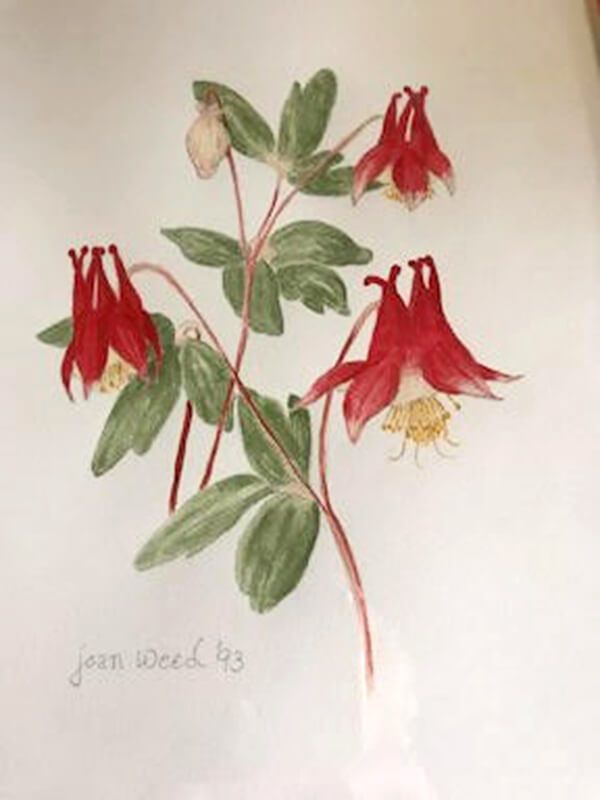First harbingers of a new growing season

Now you see them, now you don’t. I’m speaking of spring blooming ephemerals that will be showing along Vermont’s roadsides and, if we’re fortunate, in our own gardens very soon. These are some of the favorite plants that I grow. I am speaking of primarily native early bloomers that disappear for the summer after a bloom period. Many have particular requirements and symbiotic relationships with other growing things. There are those which prefer damp or shade or full sun and chalk outcroppings.
If you wish to try to grow some it’s best to study their needs before you invest. Many are pricey to purchase, so you want to offer the best chance for success. Please don’t ever dig them in the wild. The chances of the transplant being successful are slim and you will add to the destruction of a habitat. Some are endangered.
There are many nurseries that offer starts or dormant roots of these gems. Some that I have purchased and had a degree of success with are Trillium grandiflora, Erythronium americanum (trout lilies), Uvularia grandiflora (merrybells), Aquilegia canadensis (colombine), Hepatica americanum, Sanguinaria canadensis (blood root), Mertensia virginica (bluebells), Smilacina racemosa (false Solomon’s seal).
The various Arisaemae (Jack-in-the-pulpit) are also native to our part of the country. Another favorite that has some difficulty becoming established in my garden is Anemone sylvestris. Others to look for a Dicentra cucullaria (Dutchman’s breeches), Geranium (cranesbill) and Rue Anemone.
I usually look for these delights beginning around the first week of May. Good spots to walk, hike or even drive by for viewing are Thompson’s Point, Mount Philo, Kingsland Bay, along Greenbush Road (south), Spear Street heading north and near Wake Robin on Bostwick Road.
A favorite reference book for wildflowers including the ephemerals is William Cullina’s Growing and Propagating Wildflowers. Cullina was formerly horticulturist at The Garden in the Woods in Framingham, Massachusetts, and is now director at the Maine Botanical Garden.
It’s exciting to see these first harbingers of a new growing season. I hope you’ll get out and about to view them and perhaps be inspired to plant a few in your own borders.

